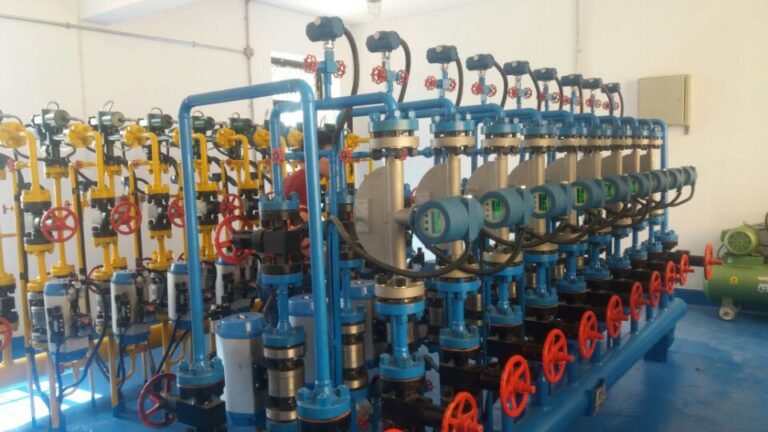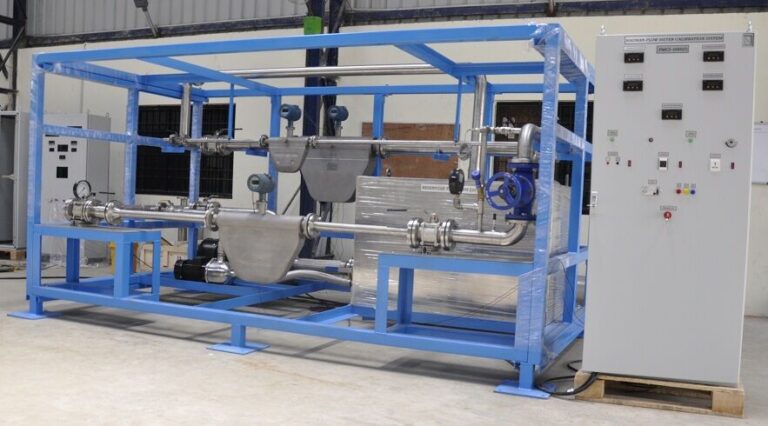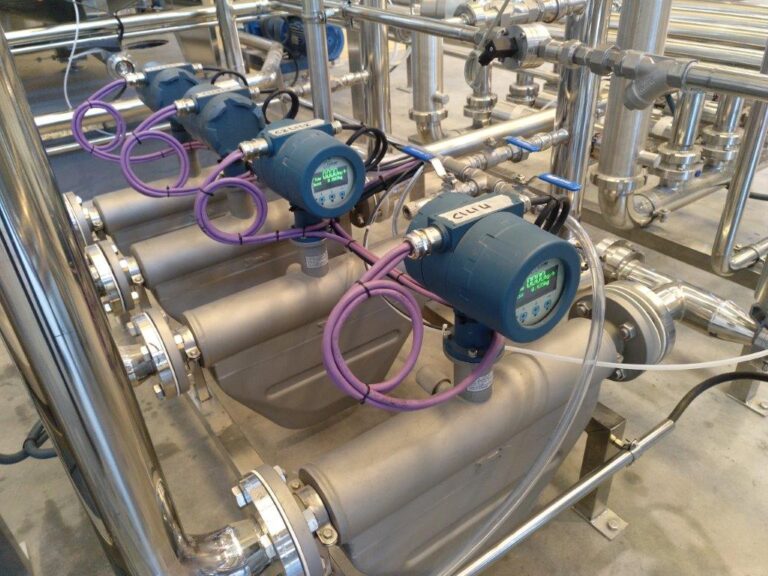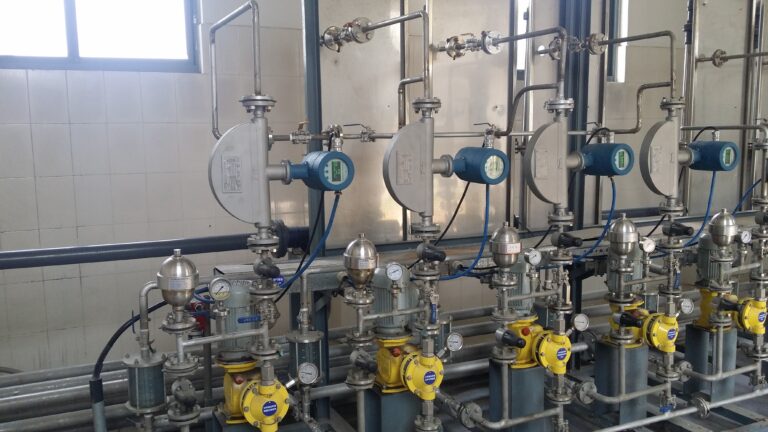Flow meters are essential instruments used to measure the flow rate of gases and liquids in various industrial applications. Accurate calibration of flow meters is crucial to ensure measurement precision, reliability, and consistency. Here, we outline key calibration methods and considerations, providing a detailed guide for both practitioners and those interested in the field.

1. Overview of Flow Meter Calibration
Flow meter calibration involves comparing the readings of the flow meter under calibration to a reference standard. The process aims to detect and correct any deviations, thereby ensuring the accuracy of flow measurements over time. The calibration method chosen largely depends on the type of flow meter, the flow rate range, and environmental factors.

2. Common Calibration Methods
Several calibration methods are commonly used in practice. Here, we detail each method along with its advantages, limitations, and typical applications.
2.1 Standard Device Calibration Method
The standard device method is widely used due to its reliability and accuracy. It involves using a reference flow meter of known accuracy, which is significantly higher than the flow meter being calibrated. The readings from the flow meter under calibration are compared to those of the standard device to determine any deviations.
- Applications: Suitable for calibrating flow meters across a wide range of flow rates.
- Advantages: High precision due to the high accuracy of the reference standard.
- Limitations: The method requires access to a reliable standard flow meter, which may be costly or limited in some environments.

2.2 Static Calibration Method
The static calibration method is performed while the flow meter is in a stationary or non-flowing state. This method is typically applied to flow meters operating in low-flow scenarios.
- Applications: Best suited for low flow rate meters.
- Advantages: Simplified operation and setup.
- Limitations: The calibration results can be influenced by environmental factors, which may limit accuracy.
2.3 Dynamic Calibration Method
Dynamic calibration is conducted with the flow meter actively measuring a moving fluid. This method is particularly appropriate for high-flow rate applications, as it calibrates the meter under typical operating conditions.
- Applications: Used for high-flow rate flow meters.
- Advantages: Provides highly accurate calibration results as it reflects real operating conditions.
- Limitations: The setup is more complex than static calibration and may require specialized equipment.

3. Additional Calibration Techniques
Beyond the standard methods, there are other calibration techniques tailored to specific types of flow meters, such as liquid, mass, differential pressure, and thermal flow meters. Examples include:
- Volume or Mass Comparison: By measuring the volume or mass of fluid passing through the flow meter over a set period, and comparing this to the known volume or mass in a calibrated container, one can determine the meter’s accuracy.
- Pressure Differential or Heat Transfer Measurement: Some flow meters, like differential pressure or thermal flow meters, rely on pressure or heat transfer changes. Calibration involves comparing these parameters against theoretical values to assess precision.
These methods are selected based on the type of fluid and the flow meter’s operational principles, allowing for customization and increased accuracy in various applications.

4. Calibration Procedure and Best Practices
Conducting calibration effectively requires following a set of procedural steps to ensure reliable outcomes:
- Prepare the Flow Meter: Clean the flow meter and inspect it for any signs of wear or damage that could affect its accuracy.
- Choose the Calibration Method and Equipment: Select the appropriate calibration method based on the meter type, range, and accuracy requirements, as well as environmental factors.
- Perform the Calibration: Carefully conduct the calibration using standardized procedures, whether with a reference flow meter, under static conditions, or dynamically with fluid flow.
- Document and Adjust: Record the results and make any necessary adjustments to the flow meter’s settings to bring it within acceptable accuracy limits.

5. Calibration Frequency
The frequency of calibration depends on factors such as the operating environment, fluid properties, and flow meter type. Generally, flow meters should be calibrated at least once a year, although meters in harsh conditions or high-precision applications may require more frequent checks. Routine calibration is essential to maintain accuracy and extend the flow meter’s lifespan.
